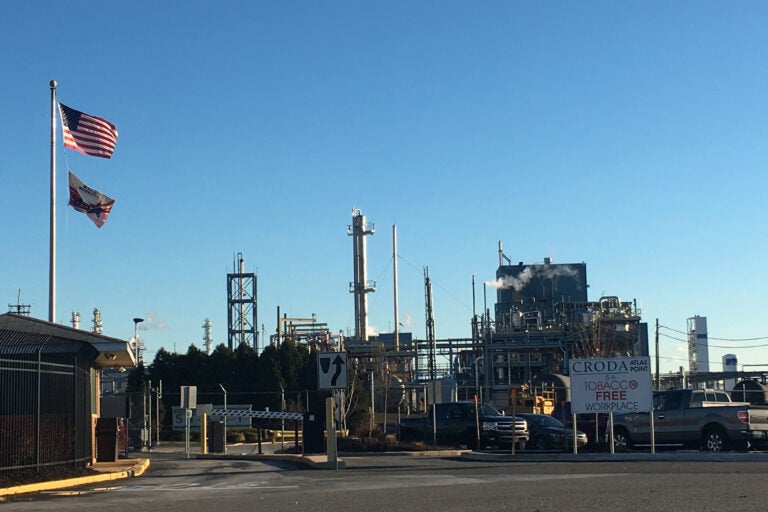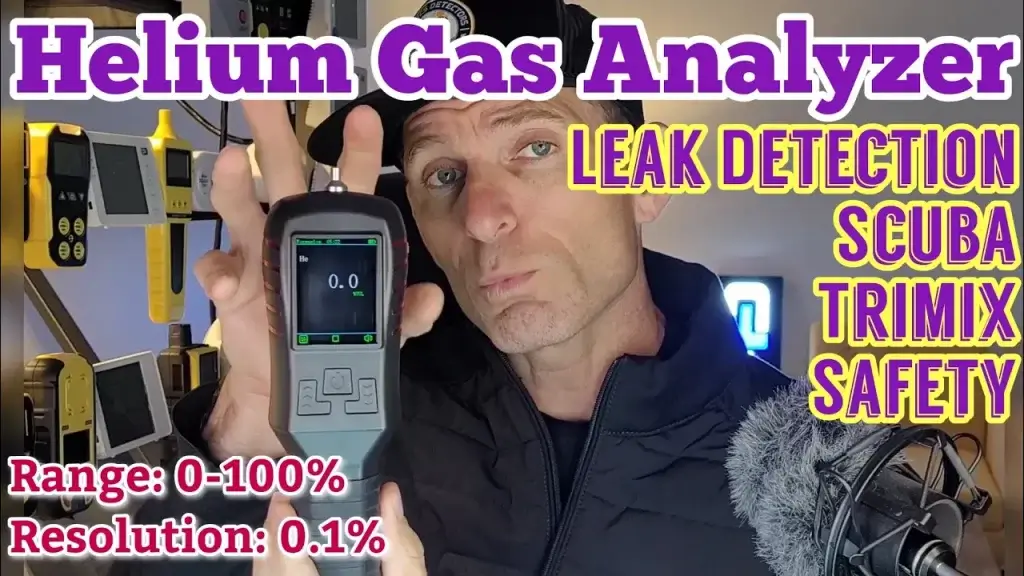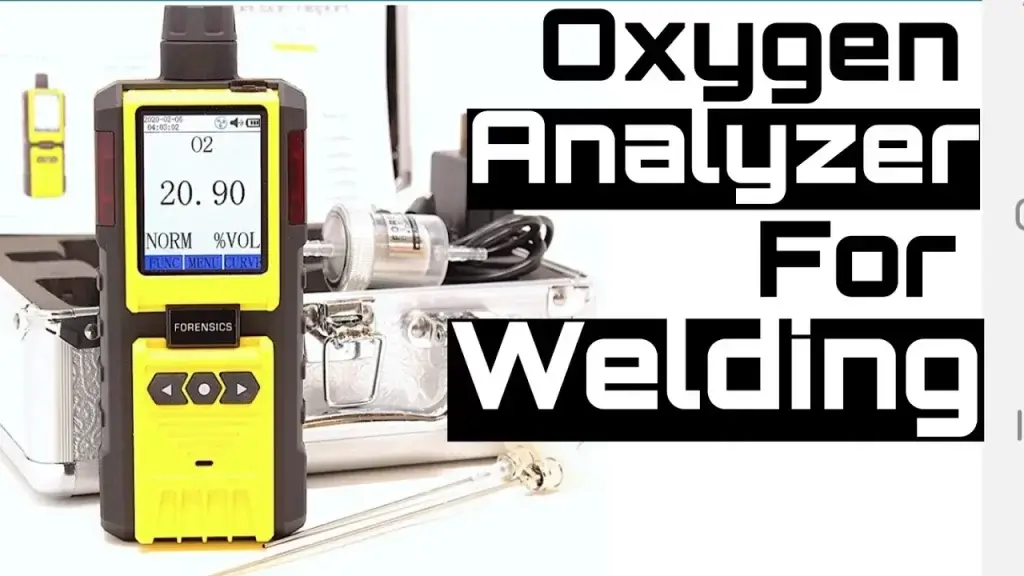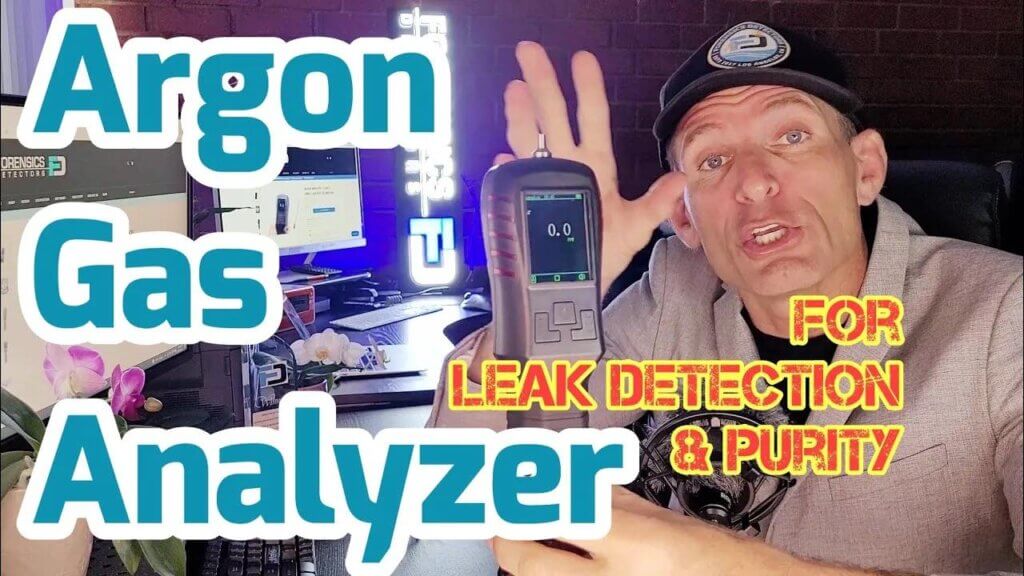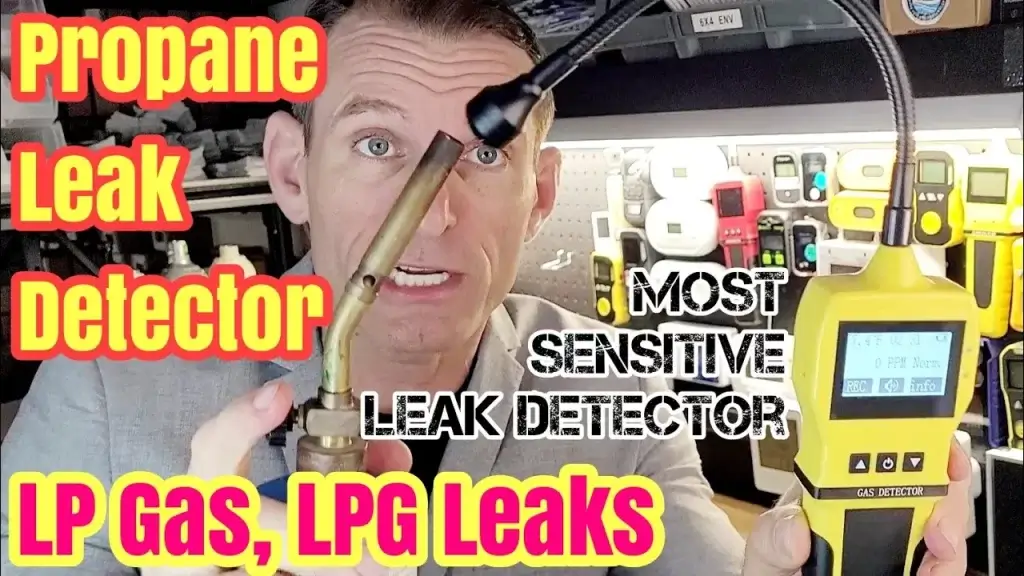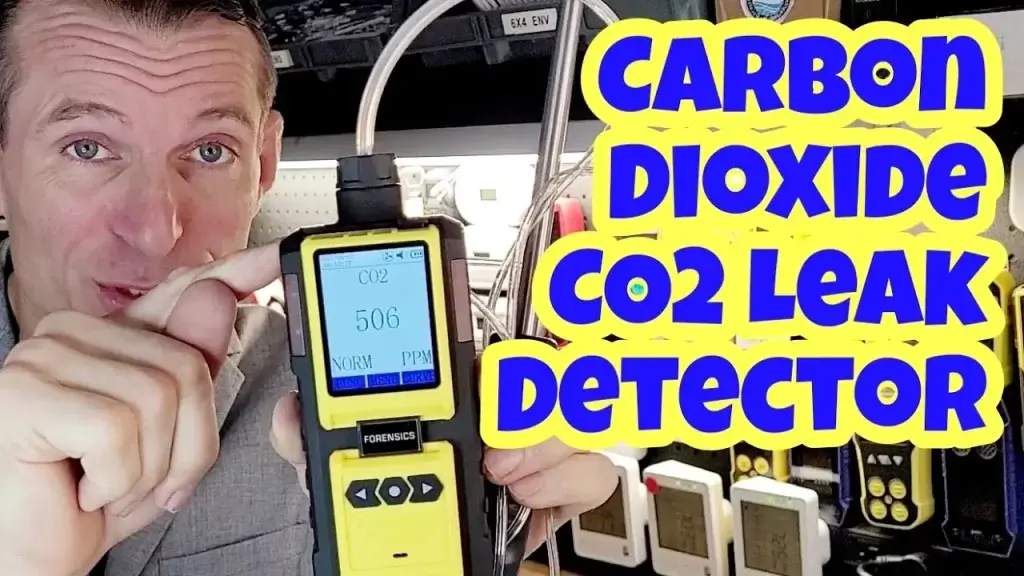Contents
- The Threat Of Carbon Monoxide On Construction Sites
- Risks Posed By Co Exposure
- Common Carbon Monoxide Sources In Construction
- Carbon Monoxide Detection Strategies
- Choosing The Right Co Detectors
- Strategic Placement Of Co Detectors
- Implementing A Co Monitoring Plan
- Regular Testing Schedules
- Real-time Monitoring And Alert Systems
- Training Workers For Co-Safety
- Recognizing Symptoms of Poisoning
- Emergency Protocols For Co Incidents
- Integrating Co-Safety Into Worksite Practices
- Ventilation Solutions To Reduce Co Buildup
- Maintenance Of Machinery To Prevent Co Leaks
- Regulatory Compliance And Standards
- Occupational Safety And Health Administration (osha) Guidelines
- Industry Standards For Co Leak Prevention
- Frequently Asked Questions On Carbon Monoxide Leak Testing Around A Construction And Worksite
- What Are Signs Of A Co Leak At Worksites?
- How Do You Test For Carbon Monoxide On-site?
- Is Regular Co Monitoring Required At Worksites?
- Can Construction Equipment Cause Co-Poisoning?
- Conclusion
To ensure safety on a construction site, regularly test for carbon monoxide leaks. Use reliable detectors and follow OSHA guidelines for accurate testing.
Construction and worksite safety is paramount, particularly when it comes to the threat of carbon monoxide (CO)—an odorless, colorless gas that can prove lethal if inhaled in large quantities.
Regular carbon monoxide leak testing is essential to protect the health of workers, with industrial-grade CO detectors being the first line of defense against this invisible hazard.
Careful adherence to the Occupational Safety and Health Administration (OSHA) standards can prevent the potentially fatal effects of CO poisoning.
The need for consistent monitoring becomes even more critical given the plethora of combustion-producing equipment often found at these sites, such as generators, compressors, and power tools.
Establishing a strict protocol for carbon monoxide testing ensures that any leak is swiftly identified and addressed, thereby upholding a secure environment for all personnel.
The Threat Of Carbon Monoxide On Construction Sites
Imagine a silent danger lurking around construction sites, unseen and odorless. Carbon monoxide (CO) poses a real threat to workers and requires immediate attention. Regular carbon monoxide leak testing can prevent health hazards and save lives. Knowing where CO might come from and the risks involved is crucial for maintaining a safe workplace.
Risks Posed By Co Exposure
Exposure to carbon monoxide can lead to serious health issues. When CO enters the body, it can quickly harm important organs. Here’s what workers face when CO levels rise:
- Headaches and dizziness, making it hard to concentrate
- Nausea and fatigue, reducing the ability to work safely
- Impaired vision and coordination, leading to accidents
- Serious organ damage or death in high concentrations
Common Carbon Monoxide Sources In Construction
It’s important to identify the common generators of carbon monoxide. Here is a list of usual suspects on construction sites:
| Equipment | Potential CO Production |
|---|---|
| Gasoline Engines | Produce CO when fuels are not completely burned |
| Generators | Especially dangerous in enclosed or partially enclosed spaces |
| Space Heaters | Can emit CO if not properly ventilated |
| Welding Equipment | Generates CO as a by-product of metalworking |
To combat these risks, carbon monoxide detectors and regular air quality assessments are key. Construction site managers must ensure that proper ventilation policies are in place and followed.
Carbon Monoxide Detection Strategies
Ensuring safety on a construction and worksite involves many elements, one of which is monitoring toxic gases. Among these, carbon monoxide (CO) poses a significant risk. It’s colorless, odorless, and deadly, which is why detecting CO leaks is critical. This section will focus on how to choose and strategically place CO detectors to maintain a safe work environment.
Choosing The Right Co Detectors
Selecting the correct CO detectors is the first step towards maintaining site safety. Consider these factors:
- Sensitivity and alarm thresholds
- Battery life and power source options
- Durability in harsh weather conditions
- Maintenance needs and ease of calibration
Ensure the detectors meet industry standards and regulatory requirements.
Strategic Placement Of Co Detectors
Proper placement of CO detectors is vital. Key locations include:
- Engine and generator areas: High-risk zones for CO
- Near workstations: Protect workers during operations
- Entry and exit points: Monitor CO levels coming in and out
- Personal protective equipment (PPE) zones: Include CO detectors with PPE kits
Remember, CO detectors should be installed at breathing height and in accordance with manufacturer’s recommendations.
Implementing A Co Monitoring Plan
A CO monitoring plan is crucial on construction sites. It keeps workers safe from the dangers of carbon monoxide (CO). This tasteless, odorless gas can cause health issues, or even death. Therefore, a well-designed plan is a must. It includes regular testing and advanced warning systems. Let’s explore how to keep construction sites safe from CO risks.
Regular Testing Schedules
Consistent testing for CO levels is vital. To ensure safety, adhere to these steps:
- Daily checks: Test CO levels at the beginning of each shift.
- Record results: Log CO levels for future reference.
- Tool checks: Inspect equipment that can emit CO.
- Worker training: Teach workers about CO dangers.
Real-time Monitoring And Alert Systems
Advanced CO detectors with real-time alerts save lives. Here’s what they do:
- Monitor CO levels 24/7.
- Send instant warnings to workers when CO levels rise.
- Connect to smartphones or loud alarms for quick action.
- Link to a central monitoring system for data analysis.
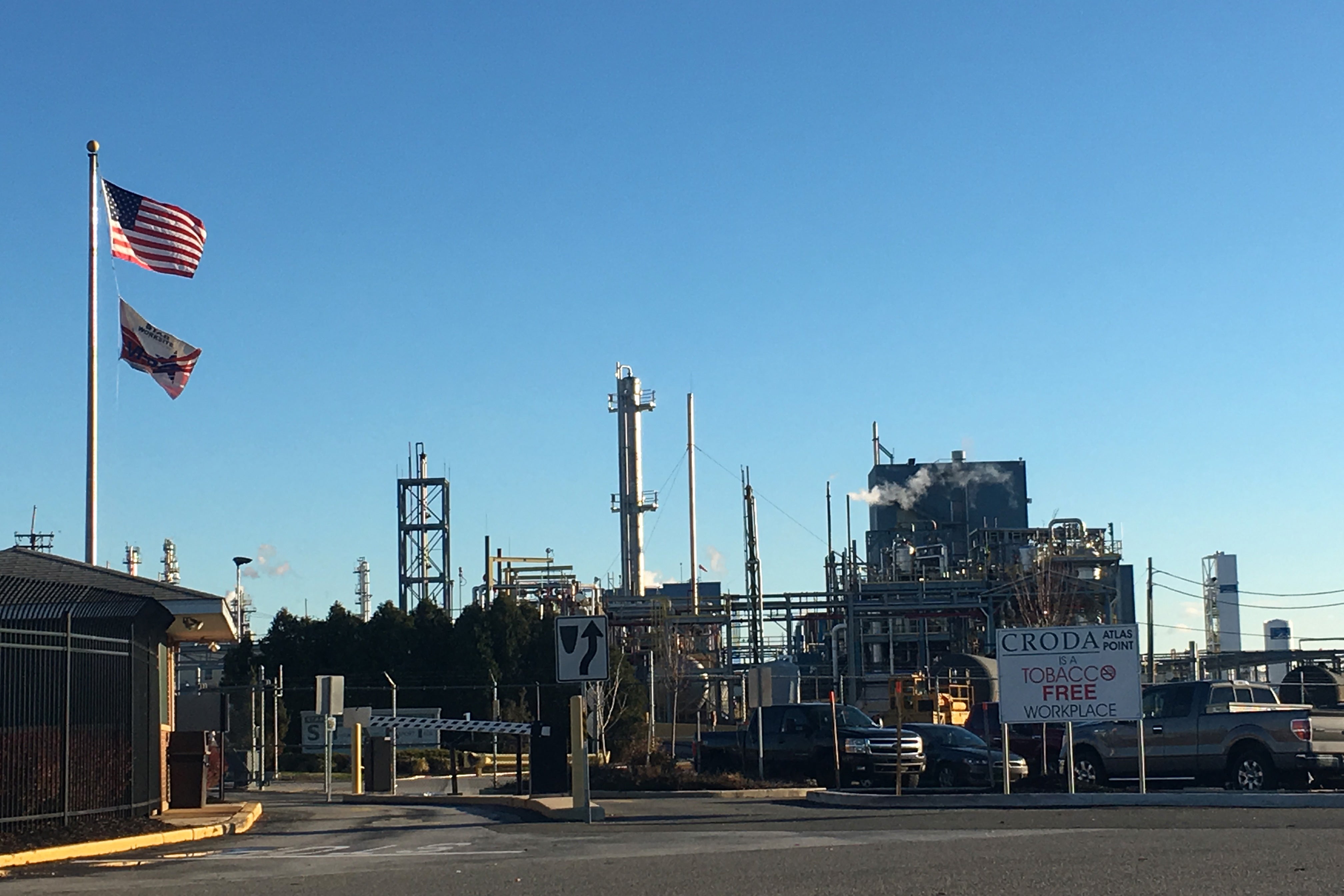
Credit: whyy.org
Training Workers For Co-Safety
Carbon Monoxide (CO) is a silent hazard in construction sites. Workers may face risks from this invisible, odorless gas. Employers must prioritize CO safety training. A thorough understanding of CO risks empowers the team to work safely. Hands-on training sessions and safety drills are vital. These practices ensure staff can prevent and respond to CO emergencies confidently.
Recognizing Symptoms of Poisoning
Spotting early signs of CO poisoning can save lives. Workers need to know these symptoms:
- Dizziness
- Headaches
- Nausea
- Chest pain
- Confusion
Training highlights the importance of acting quickly when symptoms appear. Workers learn to report any signs immediately.
Emergency Protocols For Co Incidents
Establishing clear steps for CO emergencies is crucial. Workers must follow these emergency protocols:
- Evacuate the area as swiftly as possible.
- Report the incident to a supervisor or through designated channels.
- Administer first aid if trained, particularly oxygen therapy.
- Seek professional medical attention, even after mild exposure.
Drills and practice sessions reinforce these procedures.
Mock drills enforce protocol memory retention. This could be the difference between a close call and a disaster.
Integrating Co-Safety Into Worksite Practices
Strong safety practices at worksites shield workers from harm. Carbon Monoxide (CO) is a silent danger on sites. It’s colorless, odorless, and can be deadly. To ensure safety, integrating CO hazard awareness and protection is a top priority. Let’s delve into how to keep CO levels in check and protect our workforce.
Ventilation Solutions To Reduce Co Buildup
Adequate airflow is key in maintaining CO safety. Good ventilation sweeps away dangerous gases. This makes breathing safer for everyone on site. Strategic placement of fans and open-air workspaces helps. Using CO monitoring devices alerts teams to rising levels. Here are top solutions for ventilation:
- Natural Ventilation: Keep windows and doors open.
- Mechanical Ventilation: Use exhaust systems to move air.
- Local Exhaust Ventilation: Remove CO at the source.
Every site should tailor solutions. Factors include building design and workflow. Regular air quality checks are crucial.
Maintenance Of Machinery To Prevent Co Leaks
Worksite machines often produce CO. Poor upkeep can lead to leaks. Regular machine maintenance is, therefore, non-negotiable. Regular checks and servicing are must-dos. Here’s a straightforward maintenance checklist:
| Machine | Maintenance Task | Frequency |
|---|---|---|
| Generators | Inspect hoses and fittings | Daily |
| Welding Equipment | Check for proper ventilation | Before use |
| Portable Heaters | Clean filters and intakes | Weekly |
Certified professionals should carry out maintenance. Record all check-ups for accountability. This simple routine saves lives.
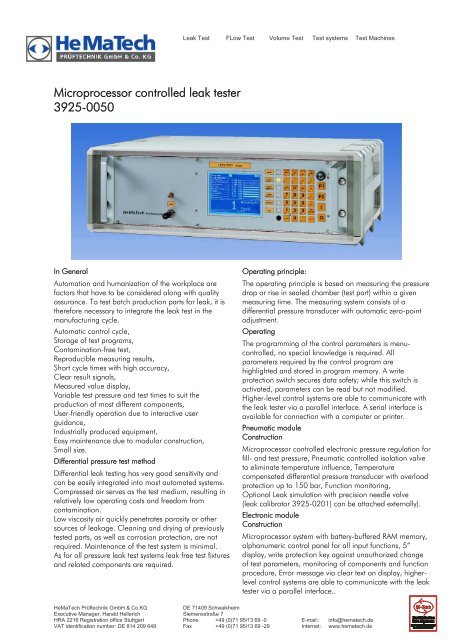
Credit: www.yumpu.com
Regulatory Compliance And Standards
On construction sites, safety is paramount. Carbon monoxide (CO) leaks pose a significant threat to workers. Regulatory bodies have set strict guidelines and standards to prevent CO-related incidents. These regulations ensure not only the safety of the workforce but also legal compliance for construction companies. Let’s explore the robust frameworks developed by the Occupational Safety and Health Administration (OSHA) and industry-wide standards for CO leak prevention.
Occupational Safety And Health Administration (osha) Guidelines
OSHA maintains stringent guidelines for construction sites. Worker exposure to CO must not exceed 50 parts per million (ppm) over an 8-hour time-weighted average (TWA). Frequent testing and monitoring are mandatory. Comprehensive training for workers on the dangers of CO exposure is required. Here is a breakdown of key OSHA stipulations:
- Regular air quality testing to detect CO levels
- Immediate evacuation if CO levels exceed safe thresholds
- Provision of personal protective equipment (PPE)
- Implementation of engineering controls to reduce CO exposure
Industry Standards For Co Leak Prevention
Beyond OSHA regulations, industry standards play a crucial role. These include the use of tools and equipment designed to minimize CO emissions. Construction companies often adopt higher safety measures than mandated by law. Persistent awareness campaigns, regular equipment maintenance, and emergency response plans are common practices. Here’s how industry leaders ensure safety:
| Industry Practice | Description |
|---|---|
| Preventative Maintenance | Regularly servicing vehicles and machinery to prevent CO buildup |
| Use of Low-Emission Equipment | Opting for tools that produce lower levels of CO |
| Ventilation Solutions | Installing effective ventilation systems to disperse harmful gases |
| CO Detection Alarms | Placing CO detectors strategically across the worksite |
Frequently Asked Questions On Carbon Monoxide Leak Testing Around A Construction And Worksite
What Are Signs Of A Co Leak At Worksites?
Carbon monoxide leaks can be elusive, but common signs include a sudden onset of fatigue, headaches, dizziness, and nausea among workers. If multiple individuals on-site experience these symptoms simultaneously, it may indicate a CO leak.
How Do You Test For Carbon Monoxide On-site?
To test for carbon monoxide at a construction site, use portable CO detectors. These should be placed strategically around the site. For thorough testing, engage environmental health professionals who can conduct air quality assessments to ensure safety.
Is Regular Co Monitoring Required At Worksites?
Yes, regular monitoring for CO is crucial, especially where fuel-burning equipment is used. OSHA guidelines recommend consistent air quality checks to safeguard workers’ health and comply with safety regulations.
Can Construction Equipment Cause Co-Poisoning?
Indeed, construction equipment that burns fossil fuels can emit carbon monoxide. Without proper ventilation, this can lead to CO build-up, risking workers’ health. It is essential to ensure equipment is well-maintained and used in well-ventilated areas.
Conclusion
Ensuring the safety of a construction site is crucial, and carbon monoxide leak testing plays a significant role. Regular monitoring protects workers from hazardous exposure and maintains operational safety. For comprehensive site health, make CO leak testing a standard practice.
Stay alert, stay safe, and keep your worksite secure.

